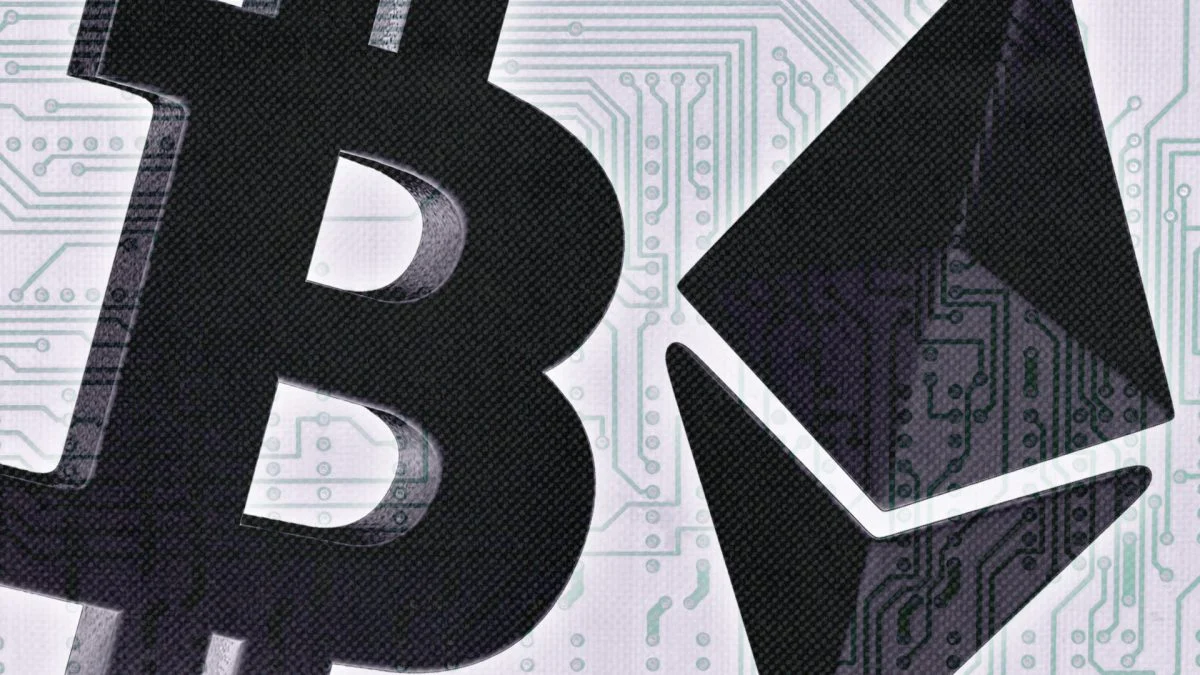
One of the most recent cross-chain experiments in cryptocurrency is about to launch with the ZetaChain mainnet.
In summary, ZetaChain will be able to interface with a wide range of blockchains, including those in the Cosmos ecosystem as well as Ethereum and Bitcoin. It will let developers to create native apps that utilise the bitcoin stored on each of these chains, thereby connecting them together.
However, there is a great deal of risk. Based on the same underlying technique, Thorchain is a related project that can only perform swaps between these chains. However, in 2021, its network was hacked many times in a matter of weeks, prompting questions about whether this kind of strategy is overly ambitious.
“There is more complexity involved in developing a cross-chain or multi-chain application than in creating a single chain system since separate chains have distinct security models and finalities. Ankur Nandwani, a core contributor of ZetaChain, stated, “I believe there are a lot more factors to consider.”
Growing ZetaChain slowly
Nandwani stressed that the initiative intends to grow gradually in response to these worries. According to him, the initiative would gradually raise the TVL, or maximum value that may be locked in smart contracts, over time. “We intend to operate the blockchain in the real world and observe the resulting outcomes and operational procedures before progressively raising the TVL,” he stated.
But Nandwani is hardly new to cryptocurrency. During a ten-year career in cryptocurrency, he held positions as a product manager at Coinbase and co-founded the Brave Attention Token project as an advisor to Brave, he said.
Nandwani launched the ZetaChain project in July 2021. According to Nandwani, the project has been running a testnet for the past 18 to 20 months in order to get ready for the mainnet. Working out how to handle chains with varying finality times—the amount of time it takes for a transaction to be regarded as completely confirmed—was one of the major issues during this period.
According to Nandwani, ZetaChain handles this in a manner akin to cryptocurrency exchanges by varying the confirmation durations for network deposits. Compared to, example, Bitcoin, more blocks would need to be validated on blockchains like Ethereum before a transaction is deemed legitimate.
Bringing bitcoin to other blockchains
In order for ZetaChain’s validators to verify transactions across all chains, they must be running either light clients or full clients for the blockchains that the network supports. Despite the difficulty of this configuration, if the network is able to bring the various ecosystems together, it opens the door to more intriguing use cases, including stablecoins backed by bitcoin.
“I believe that a successful outcome for Bitcoin would be to have additional applications beyond its use as a store of value,” Nandwani stated. Developers, in my opinion, are not restricted to a single chain. Without needing to set up ten smart contracts on ten separate chains, they can develop on any chain and yet access any chain they like.
Nandwani proposed that further use cases may include initiatives like Curve, which has already begun integrating bitcoin with other assets, or decentralised exchanges like GMX that utilise bitcoin as collateral.
In order to enable the usage of bitcoin in decentralised apps, ZetaChain revealed intentions to interface with the OKX wallet prior to the launch. Also, it is collaborating with Sushi, a decentralised exchange, to integrate bitcoin onto its platform.
ZetaChain secured $27 million in fundraising in August 2023 from a group of investors that included Blockchain.com, Human Capital, VY Capital, Sky9 Capital, Jane Street Capital, and others.


















